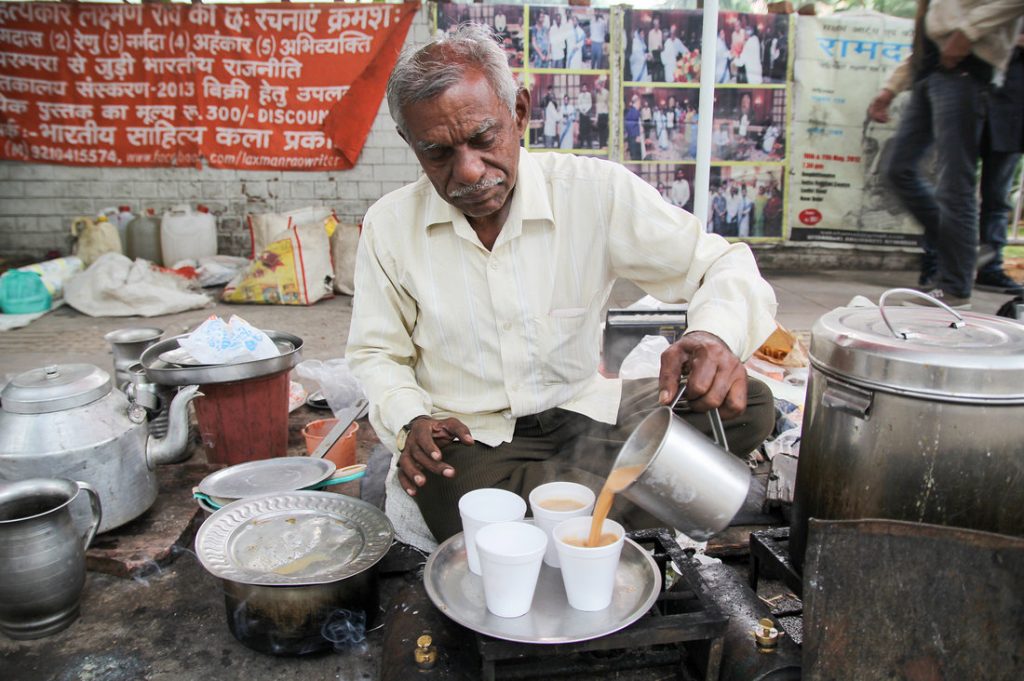The Rhetoric of Food as a genre of writing initially appears to be very ambiguous and broad. However, as you begin to explore the different texts within the genre, you quickly realize that they serve a greater, more defined purpose than just discussing food.
I initially thought of the Rhetoric of Food to be a cookbook, a recipe, or something of the like, but I came to understand that it is so much more than that. People use food as a platform with which to discuss a variety of things: culture, identity, social issues, and beyond. Food writing can display the change or merging of cultures over time as authors discuss how their historical foods of their original heritage have survived or morphed throughout the centuries; food writing can tell you how to make your grandmothers apple pie; food writing can discuss the ways food supported the emergence, or oppression, of certain groups of people; food writing can tell you where to eat and where to not eat; food writing can do all of these things and more.
The Rhetoric of Food is a genre that shows how interconnected our world is; how the things we eat and the dishes we make serve more than to just satisfy our primitive notions of hunger. Food has shaped the development of cultures, civilizations, and relationships throughout time and continues to do so in the present. Whether it is a restaurant review or a text discussing the real origins of African American “soul food”, it speaks to the greater intersections within the human experience and how we choose to interact with our food.
To exemplify how I have come to understand the Rhetoric of Food on a deeper level, below is a list of readings that show the vast topics that this genre has the potential to discuss.
- Foster Wallace’s, “Consider the Lobster” – in this publication, Wallace uses a discussion about the coveted Maine Lobster Festival as a means to question the ethicality of eating animals that can feel pain. He also discussed the psychological and physical nature of pain and a compelling and deep argument against the consumption of lobsters. This is my #1 favorite text we read in the course because it demonstrates how food writing can be used to discuss ethical issues and spread a message to places greater than just our taste buds.
- Tipton Martin’s, “The Jemima Code” – I love this text because it demonstrates how food and history shaped the development of a culture and new cuisine. In Martin’s Annotated Bibliography, the true origins of staple African American cuisine and who created this cuisine are recognized – once again showing how food writing is vastly larger than recipe writing and sharing.
- Ree Drummonds, “The Cowboy Quiche” – This was one of my favorite independently selected pieces of food writing (not only because Ree Drummond is my favorite food blogger) but because this piece shows how a recipe, can even be more than a recipe in itself. Drummond offers a rich, hearty quiche recipe that she loves to make for her family after a long day at work. This piece of writing shows that even a recipe can hold deeper meanings about family traditions and the way society positions food as a means to connect with and care for one another.

